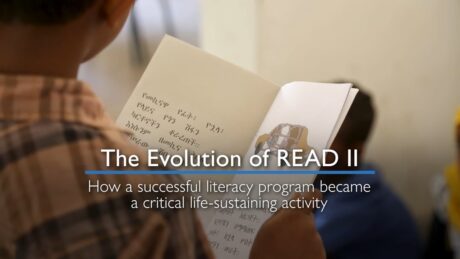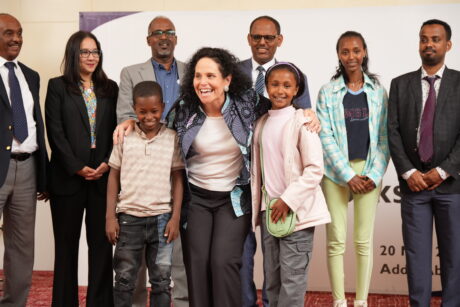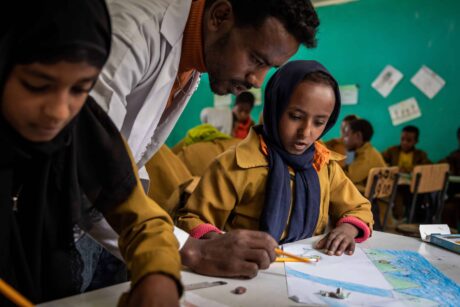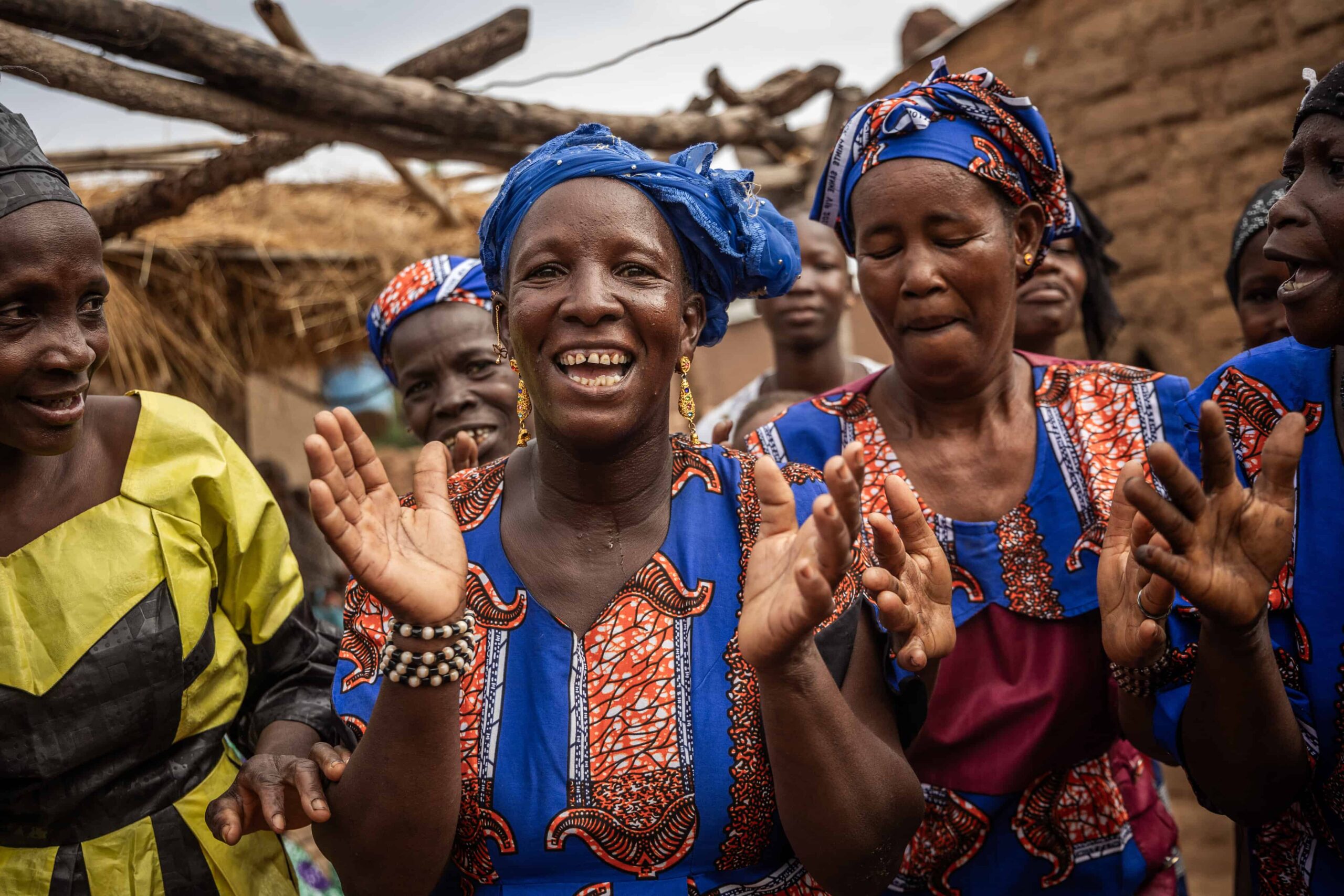In the wake of the devastating conflict impacting Ethiopia’s Tigray, Amhara, and Afar regions, art brought hope and healing to tens of thousands of children scarred by the war.
Based on artwork created by 11,000 students in those three regions, 56 pieces were selected as finalists and 30 of these were chosen to be displayed during an exhibition called “Brighter Futures” organized by USAID and the READ II Education Recovery Activity in the nation’s capital.
The two-year conflict had a profound impact on the lives of students and their families, with hundreds of schools damaged or destroyed, learning materials ruined and educational activities upended. Recognizing the urgent need to address the trauma and prioritize education, the READ II Education Recovery Activity (READ II ER), implemented by Creative and its partners, stepped in to provide support during and after the war.
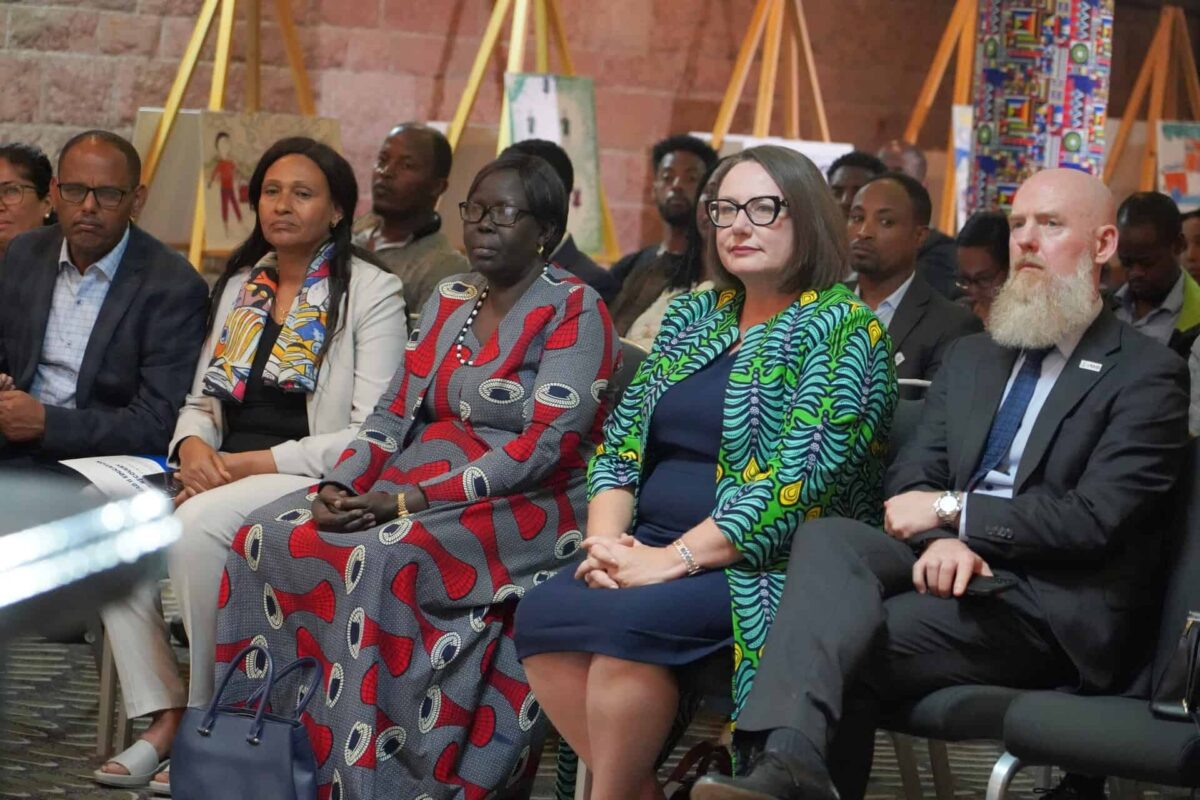
To learn more about these trauma-informed efforts, please see this short video.
One of the READ II ER’s approaches used art as a therapeutic tool. Local artists and art teachers from schools asked students to express their emotions through drawings, providing them a much-needed outlet for relaxation and healing. In 2022, the art therapy program targeted children in internally displaced persons (IDP) camps, host communities and schools affected by the conflict.
To learn more about art as therapy, please see this short video.
The success of this exercise led to the development of an art competition involving 156 schools across the three regions. From October 2022 to July 2023, art instructors from the Regional Colleges of Teacher Education worked with primary school art teachers and local artisans, who worked with nearly 11,000 fourth and fifth graders across the three regions.
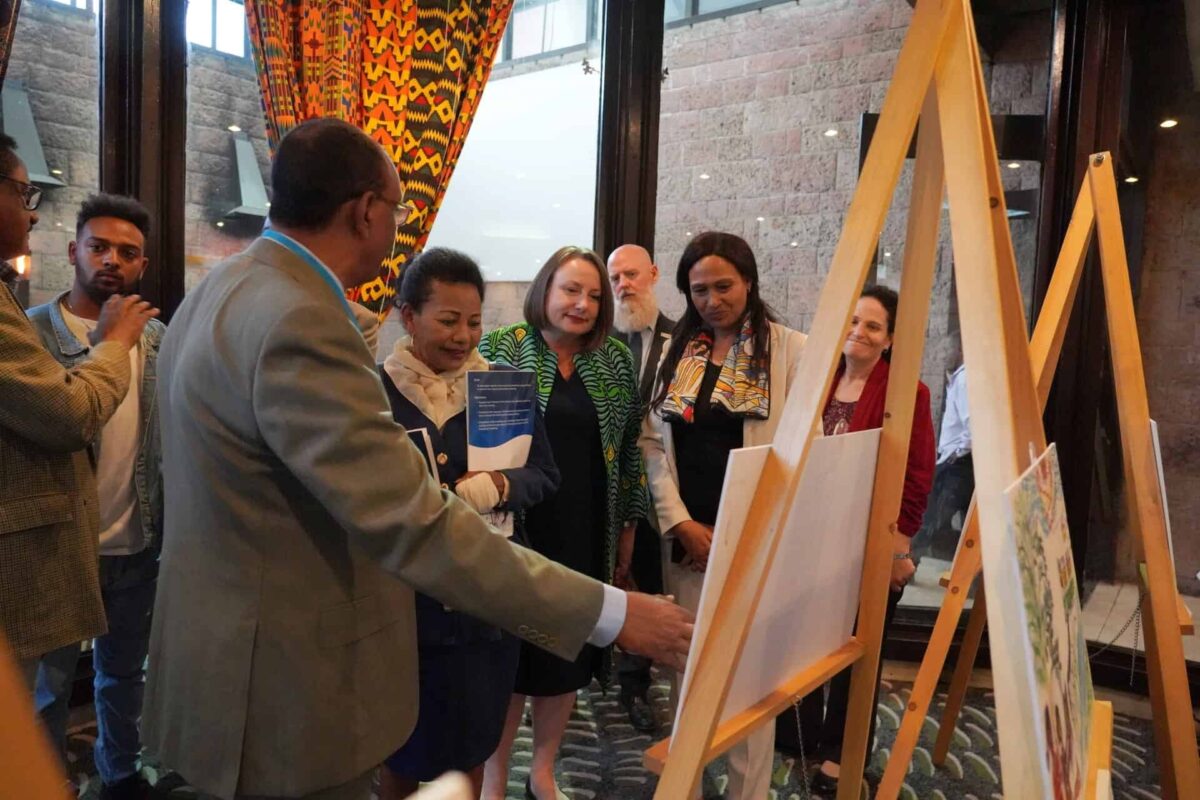
The competition events showcased the incredible talent and resilience of the children. The 30 artworks selected and displayed at the Addis Ababa Hilton Hotel from Jan. 23 to 29, 2024, represent these young artists’ creativity and emotional journey, capturing their experiences and hopes for a brighter future. The U.S. Embassy Deputy Chief of Mission, Gwendolyn Green, inaugurated the exhibition.
The art show attracted a diverse audience, including prominent figures from the local art industry, representatives from international organizations, and officials from the federal government and USAID Ethiopia. The event received extensive coverage from local media outlets.
During the weeklong art exhibit, various local schools brought their students to view the drawings and discuss their hopes for the future. The exhibit will be moved to a local library, then to Bole International Airport.
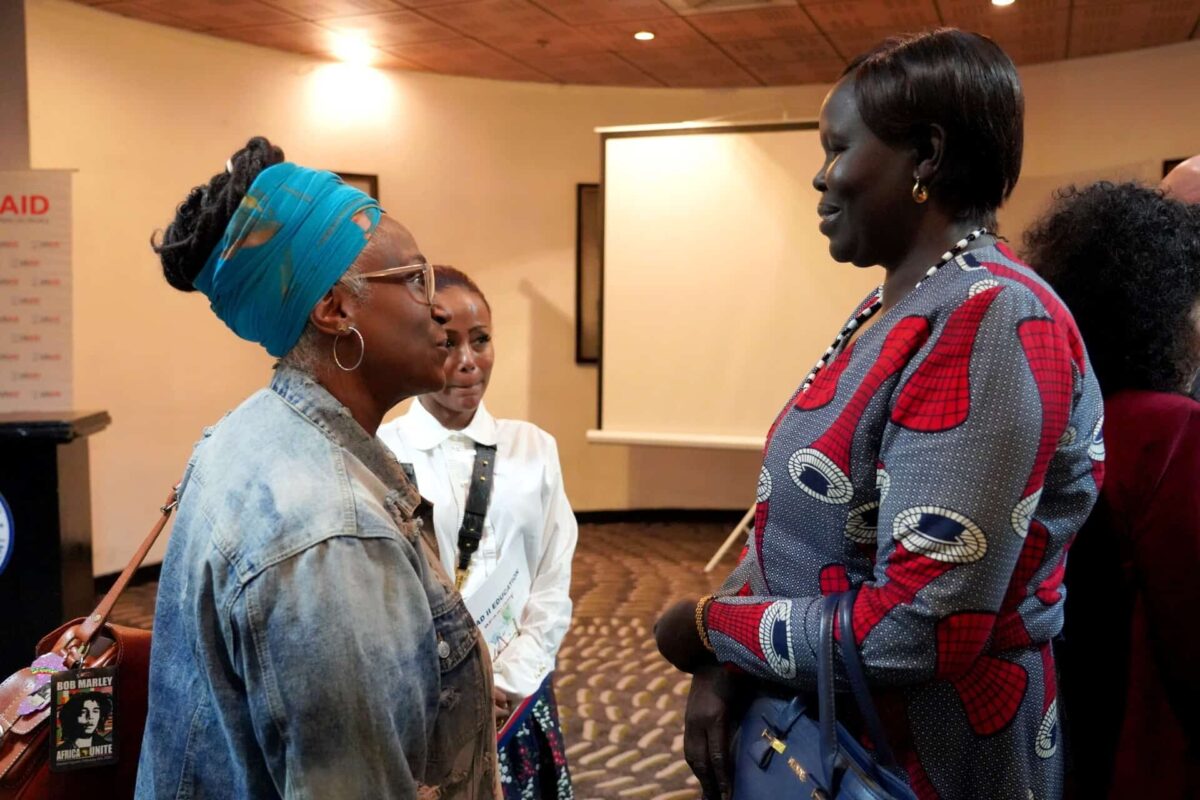
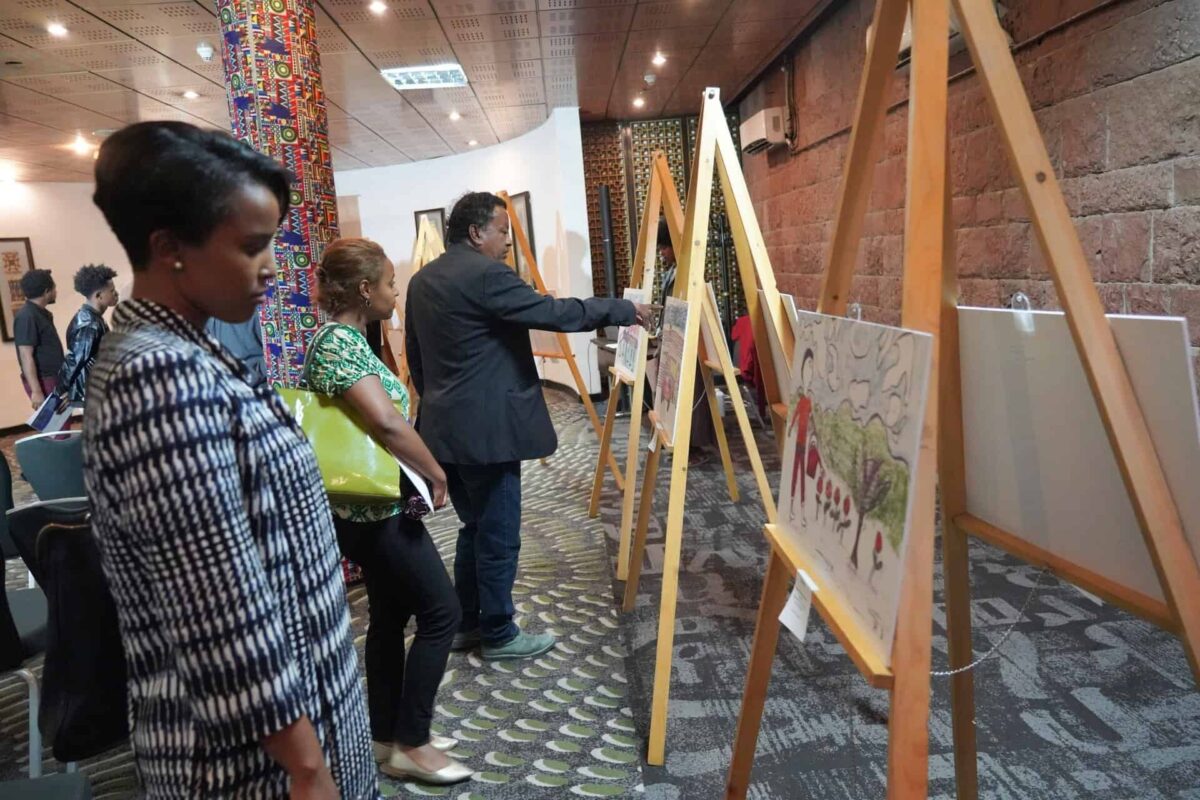
Through the power of art, this exhibition highlights the immense challenges faced by children affected by conflict and celebrates their resilience and ability to heal. It serves as a reminder of the importance of prioritizing education and providing psychosocial support to help children overcome trauma and rebuild their lives.
One of the lasting benefits of the competition was the reintroduction of art into participating schools’ curricula, which will continue to support children as they rebuild their resilience.
The READ II Education Recovery Activity provides scholastic and recreational materials to schools and trains schoolteachers and administrators in psychosocial services, psychological first-aid, socio-emotional learning and more.
READ II ER supported over 700,000 students in 1,156 conflict-affected primary schools in 100 districts. The activity provides basic school supplies, furniture, and tents for schools and temporary learning centers to help teachers and students resume teaching and learning activities. READ II ER supports regional and local back-to-learning efforts through targeted campaigns, posters, public service radio announcements, and mobile hotline push messages.
